This team includes inventory managers, specialists of particular types of finds, photography and archaeological illustration. It is an important reminder that archaeology is not just about digging. Indeed the work continues right up until the completion of the research and interpretation and the eventual publication of the results. The Australian team takes our commitment to publishing our results very seriously and this extended season is a way for us to catc
Digging can be very addictive. But of course it must be remembered that the more you dig, the more you find and therefore the more you need to process. It is likely in the near future we will have a study season; i.e. a season in Paphos where we do not dig but rather focus on studying material found in previous years.
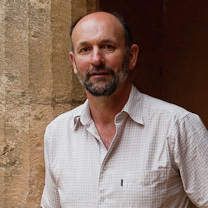
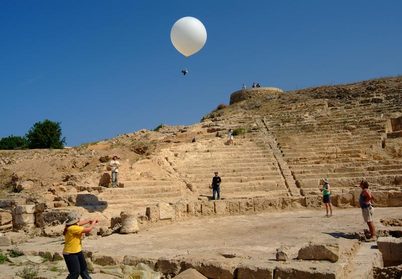
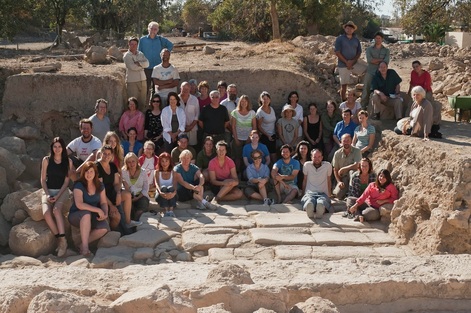
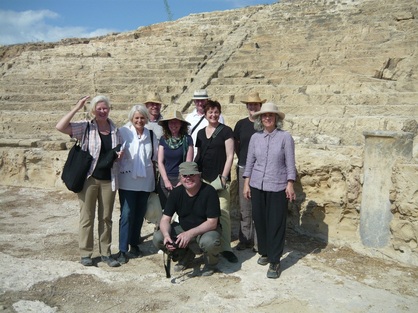
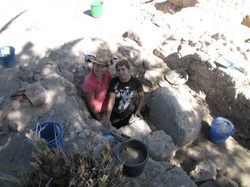
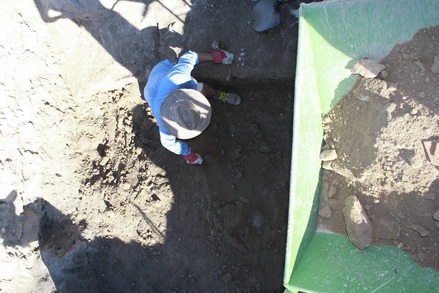
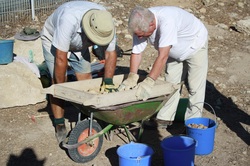
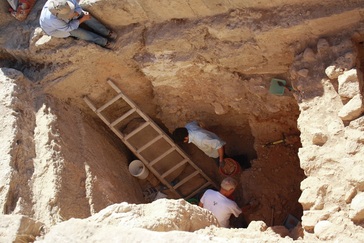
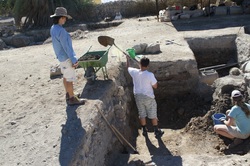
 RSS Feed
RSS Feed